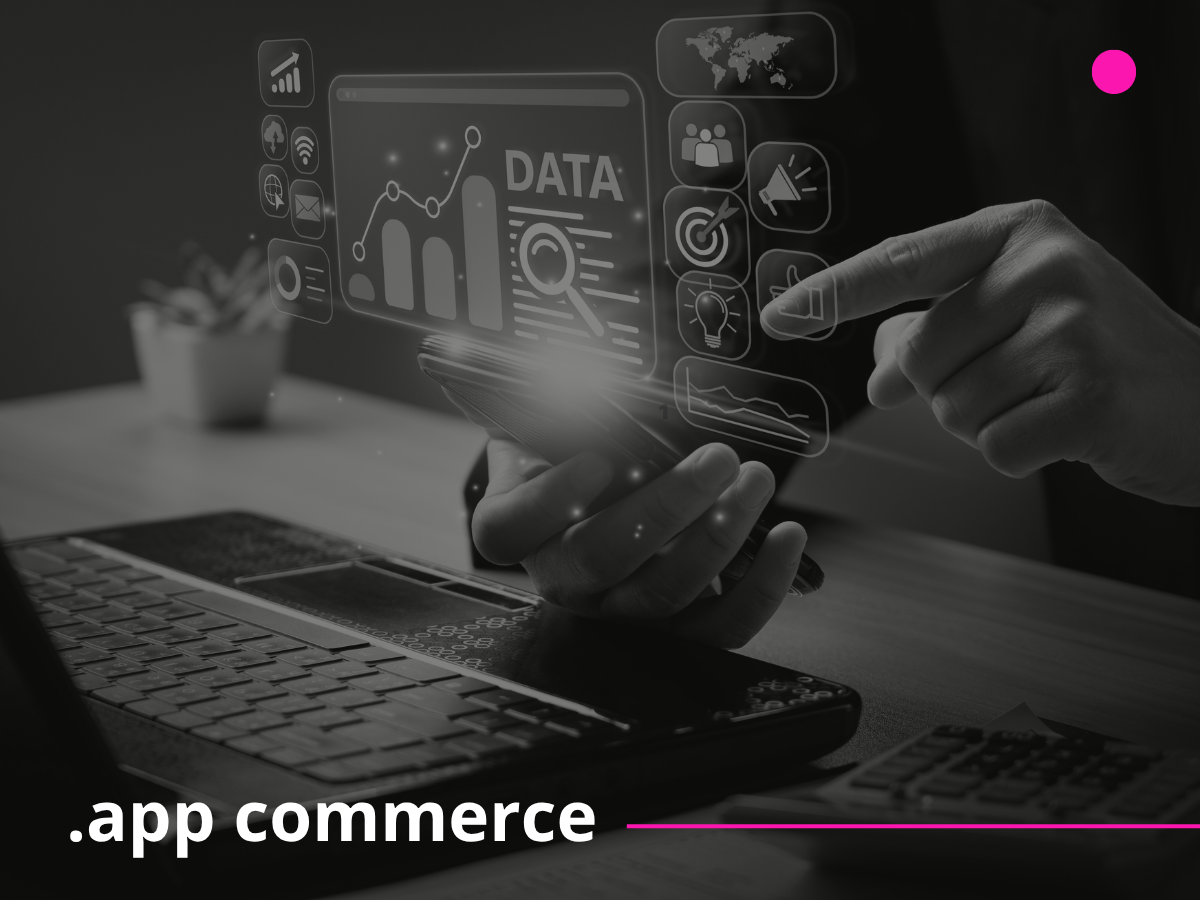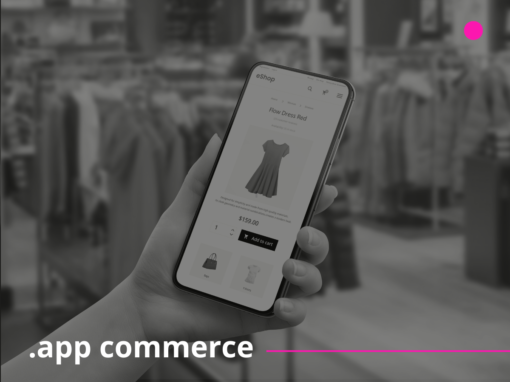In a landscape where customers interact through multiple channels simultaneously, having all information in one place is no longer a competitive advantage—it’s a necessity. Without it, personalizing the experience or accurately targeting campaigns becomes more of a guessing game than a real strategy.
Every click, every abandoned cart, every site visit leaves a trail. The problem is that these clues are scattered across different systems, making it difficult to truly understand what the customer wants. This is exactly where a CDP for e-commerce comes in: it gathers previously siloed data and turns confusion into clarity.
If you want to stop reacting and start acting based on real data, keep reading. This post will break everything down for you!
Why is data unification important in the digital age?
Smarter decisions come from clear, accessible, and organized information. However, most companies today operate with data scattered across various platforms, with little connection between them. When each department works with its own set of numbers, the view of the customer becomes fragmented and unclear.
This not only hampers personalization but also reduces agility when adjusting strategies. Browsing behavior, purchase history, customer service interactions, and campaign clicks need to be brought together to make sense as a whole. Only then is it possible to understand who is buying, how they buy, and why they return, or abandon their carts.
Unifying data enables the creation of more consistent experiences across all channels. This strengthens customer relationships and improves business decision-making. Instead of relying on assumptions, you begin working with answers—and that changes the entire operational mindset.
What is a CDP and how is it different from a CRM or DMP?
Every online business has come across solutions for organizing customer data. But with so many acronyms and promises, it’s crucial to understand the specific role of a CDP in making operations more strategic.
It doesn’t replace your CRM or DMP. Instead, it operates on a broader layer, connecting data sources and enabling personalized actions based on real information.
A Customer Data Platform is built to collect data from multiple sources and turn it into organized, accessible, and actionable insights. This includes behavioral and transactional data from channels like e-commerce, social media, customer service, and ad campaigns. All of this is gathered in a single environment that connects with marketing tools for real-time, personalized actions.
Unlike a CRM, which focuses on relationship history, or a DMP, which is geared toward anonymous data for paid media campaigns, a CDP offers a unified and deep view of the consumer. This combination allows for better segmentation, more reliable decisions, and higher relevance in every customer interaction.
What are the benefits of a CDP in e-commerce?
Anyone working in online sales knows that attracting customers is only part of the challenge. Real impact happens when interactions become more relevant and the business can speak to each person in the right way, at the right time. This is where the CDP truly proves its value.
By centralizing and organizing audience data, the platform allows for more precise and consistent actions, enhancing the user experience and boosting conversion potential. Here’s how that translates into practice:
- Personalization at scale, with offers, content, and messages tailored to each user’s behavior
- Smarter segmentation, creating customer groups based on real, up-to-date data
- Campaign and communication flow automation, reducing operational effort and increasing the frequency of meaningful contact
- Agility to test, adjust, and replicate strategies based on performance and behavior
How to integrate with other channels?
Once your CDP is in place, the next step is ensuring data flows into the channels where the real actions take place. This means integrating the platform with email marketing tools, social media, your website, and customer service systems. The goal is to use the unified data to deliver more relevant messages at every customer touchpoint:
- In email, integration allows for sends based on behavior, purchase history, or even browsing abandonment
- On social media, the data helps build more precise custom audiences, improving campaign performance
- On your website, personalization happens in real time, with banners, recommendations, and offers tailored to each visitor’s profile
- In customer service, centralized data makes interactions faster and more contextual, with responses aligned to the customer’s moment
These connections make the strategy more fluid, linking intelligence with execution. This level of integration is where the CDP’s real potential shines.
How to choose and implement a CDP for your business?
Choosing a CDP involves more than comparing features. The first step is understanding what your operation truly needs. Businesses with high data volumes, multiple channels, and advanced personalization goals tend to benefit more quickly from implementation.
It’s also essential to assess how easily the CDP integrates with existing systems, such as your e-commerce platform, CRM, and marketing tools, to avoid rework and additional costs.
Once you’ve made your choice, implementation should focus on clear objectives. It’s not just about collecting data, it’s about structuring how that data supports existing strategies. Starting with simpler actions, like automated emails or basic segmentation, can help you generate value within the first few weeks.
Gradually, you can evolve toward more sophisticated personalization and real-time actions. What matters most is ensuring the CDP works in service of your business goals, not the other way around.
CDP and Responsible Data Use
One critical aspect that cannot be overlooked in this process is responsible data use. With data protection laws like the LGPD in effect, every strategy must consider what can (and cannot) be done with customer data. This includes obtaining consent, respecting user rights, and maintaining transparency.
A CDP should support this as well, offering permission control, anonymization tools, and features that strengthen data governance. When these safeguards are ignored, data centralization stops being an advantage and becomes a legal and reputational risk.
No data is valuable unless it can be activated intelligently. In a scenario where every click could lead to a conversion, or be forgotten, having a structure that transforms information into action is now a powerful competitive edge.
The e-commerce CDP becomes exactly this bridge between what your brand knows and what it can do with that knowledge.
For companies seeking greater efficiency, true personalization, and context-based decisions, this kind of technology is no longer just a trend, it’s a key part of strategy.
Want to understand how to apply this solution in practice and tailor it to your business pace? Get in touch with our team.

Escrito por:
Larissa Oliveira, Customer Success Analyst
at Corebiz



